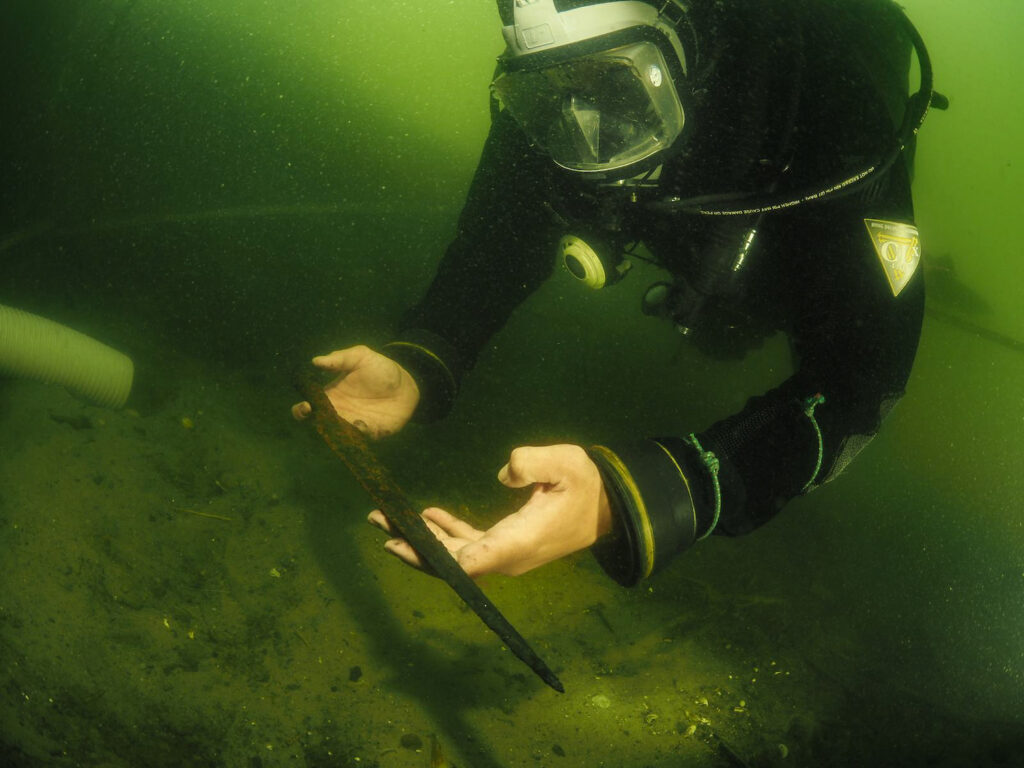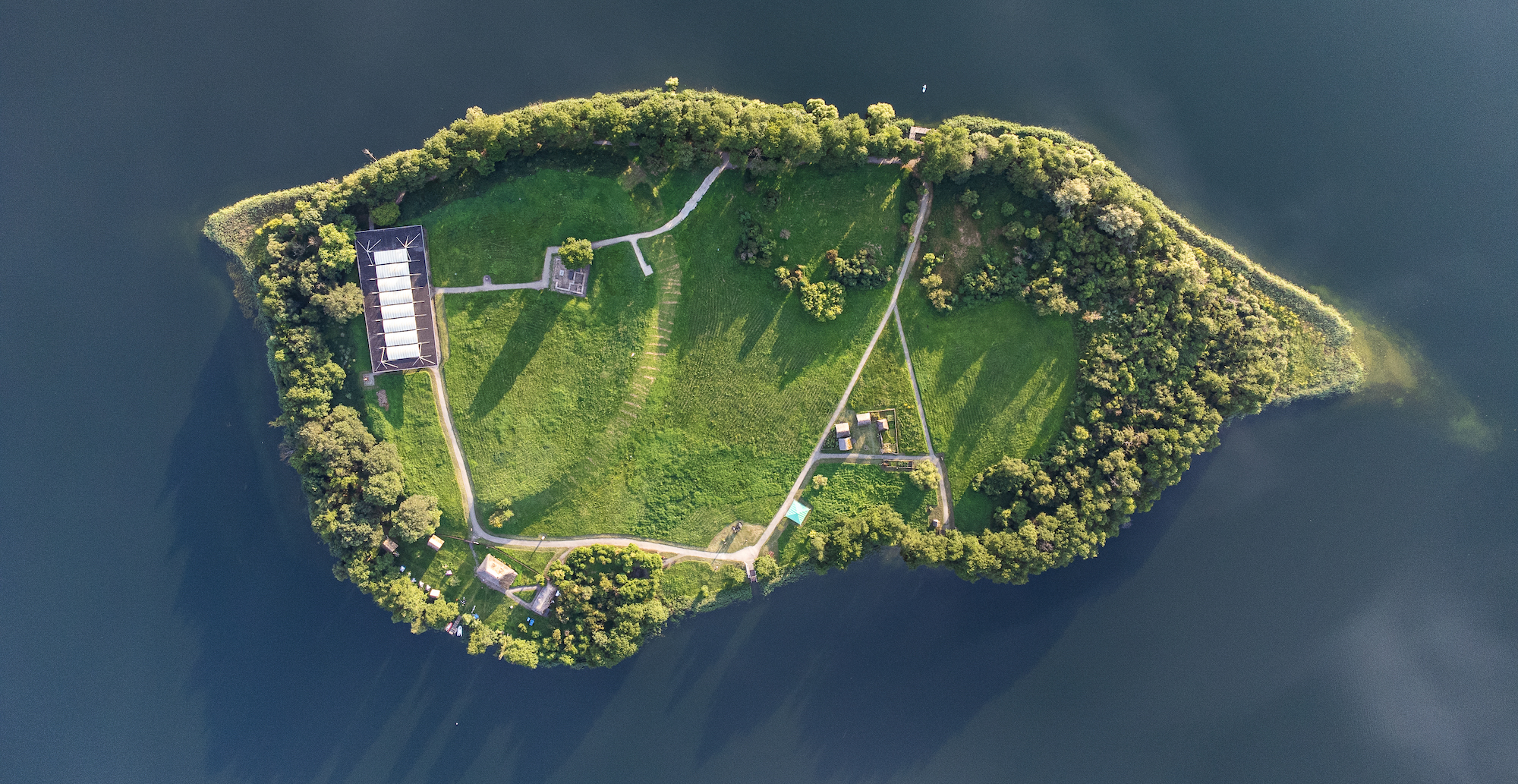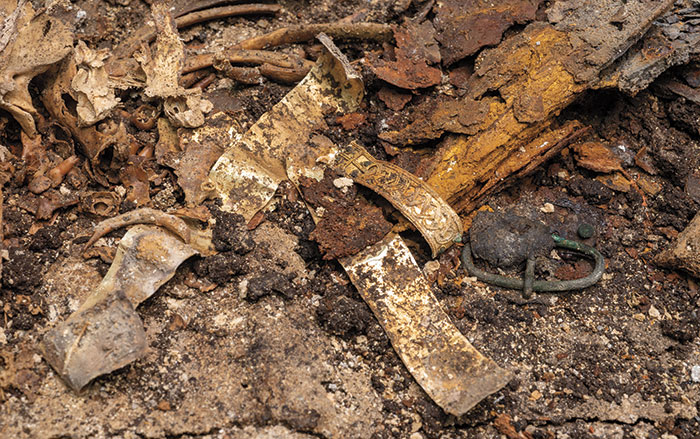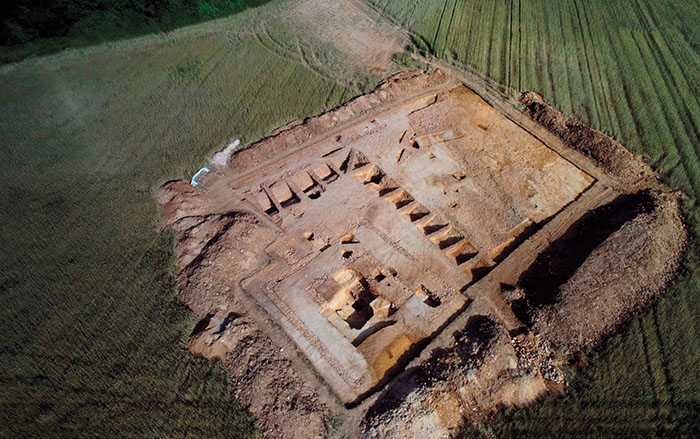
TORUŃ, POLAND—According to a statement released by Nicolaus Copernicus University, four medieval spears have been discovered in west-central Poland’s Lake Lednica, where a medieval stronghold once stood on an island called Ostrów Lednicki. To date, more than 280 medieval weapons have been recovered from the lake. The newly recovered weapons have been dated to the late tenth and early eleventh centuries, at the beginning of Poland’s Piast dynasty. The smallest spearhead features a rhomboidal shape, a ring made of antler, and almost seven feet of its wooden shaft. The head of the second spear resembles a slender willow leaf, and other weapons recovered from the lake, suggesting that they may have been produced locally. The third weapon is technologically advanced for the period and is the longest of the four spear heads. Its triangular profile was produced by repeatedly welding soft, low-carbon steel with hard, high-carbon steel in a technique known as pattern welding. The fourth spearhead, dubbed the “Duke’s Spear,” is covered with gold, silver, tin, zinc, lead, and alloy decorations, including braided, spiral, and triskelion motifs that were identified through an examination of its corroded surface with X-ray macrofluorescence. Continued analysis of the Duke’s Spear may allow the researchers to determine if it was crafted locally or obtained through trade or a political contact of the early Piast rulers. It is not yet clear if the weapons were dropped during a battle with a Czech prince known to have occurred on the bridges connecting the island of to the mainland in the 1030s, or if the weapons were placed in the water during ritual activities in the early days of Christianity in the region. To read about another recent discovery from the lake, go to "A Familiar Face."













